Bioanalytical Assays
Curia offers a full line of protein analytical services.

Latest advances in liquid chromatography and mass spectrometry techniques enable Curia to perform high resolution characterization of protein samples at a reasonable cost for all clientele. Our protein analytical services can:
- Identify a protein by molecular weight
- Confirm the primary sequence of a protein/antibody
- Detect post-translational modifications
- Characterize a protein/antibody by aggregation, thermostability, size, charge variants, and pI
- Measure a protein’s purity/impurity
- Determine the amino acid sequences of a purified protein sample or discover the amino acid sequence of an antibody,
- Compare one protein or antibody sample to a second sample or biosimilar molecule, and more.
At Curia, we offer two methods to analyze the protein aggregation: our advanced protein separation system (SE-HPLC / UPLC) and dynamic light scattering (DLS). In addition, a wide variety of size exclusion columns and conditions are available. Our experienced technical team can help you determine the best column and condition for your projects. Knowing the protein aggregation profile of your sample can effectively prevent potential adverse effects and improve drug efficacy during preclinical and clinical stages.
Curia provides two methods to analyze the charge variant of your protein or antibody: cIEF and IEX-HPLC. cIEF, or capillary isoelectric focusing, uses a capillary-based method in order to separate the charge variants. IEX-HPLC, or ion exchange HPLC, is a liquid chromatographic technique in which proteins are separated depending on their net charge.
Key benefits:
1. Choice of method to analyze the charge variants of your samples
2. Strong capabilities in characterizing various types of large molecules
3. Help you understand how the charge variants impact your samples
At Curia, we use mass spectrometry heavily to characterize proteins and antibodies at the intact mass level. Our strong expertise will be able to perform and analyze intact mass under different treatment conditions to provide insights for characterization, bispecific mispairings, and modifications.
We Can Help You Determine:
1. Accurate molecular weight of proteins and antibodies
2. Glycoprofiling of N-linked oligosaccharides
3. Assessment of major PTMs
Curia employs two methods for glycan analysis: a capillary electrophoresis (CE-) based method and a mass spectrometry based method. If you want to know the relative quantification of common glycosylations, we recommend the CE-based method. If you want to know more common glycan species, relative quantification, and their locations at intact protein level, we recommend mass spectrometry.
Key Benefits
1. Multiple methods to analyze the N-glycan profile
2. Experienced scientist to help choose the right method
3. Proficient Interpretation to ensure a quality analysis
N-terminal Edman sequencing of proteins or peptides determines the N-terminal amino acid residues of purified protein and antibody samples. It can be useful to determine cleavage sites, to identify an unknown protein, to confirm the identity of a known protein, or to design oligonucleotide probes. The advantages of N-terminal sequencing include high sensitivity, with measurements down to the picomolar level. Proteins can also be sequenced in solution or on PVDF blots.
Key Benefits
1. High sequence coverage – Identify up to 15 amino acids
2. Fast turnaround: as fast as 3 days
3. High sensitivity – as small as picomoles
At Curia, we can meet your needs to detect various post-translational modifications. Using our highly sensitive mass spectrometry, we can help you identify the type of modifications and the positions of the modified amino acid residues. Additionally, our strong antibody and protein engineering team can apply these results to better design your antibodies to move them forward into preclinical and clinical stages.
Key Benefits
1. Detection of various post-translational modifications
2. Accurate and efficient result
3. Design better antibody for preclinical and clinical trails
At Curia, we apply a high-throughput method — microchip capillary electrophoresis-based separation (Microchip CE-SDS, PerkinElmer LabChip GXII Touch HT Protein Characterization System) — to analyze your protein/antibody’s purity. With this advanced technology, we are able to provide accurate and quantifiable results. This time-efficient process introduces minimal sample preparation artifacts.
Key Benefits
- Approximate protein size, purity, and homogeneity
- Increased accuracy and quantitative capabilities
- Reproducibility
At Curia, our high-resolution mass spectrometry services typically achieve more than 95% sequence coverage with single enzyme digestion, and can reach up to 98% – 100% with two or more enzyme digestion.
Key Benefits
1. Solid methodology providing consistent results
2. Highly experienced in analyzing various types of molecules
3. Ultra high-resolution mass spectrometry ensures highest quality results
The “shelf life” of a stored antibody can range from weeks to years and is determined by the intrinsic nature of the antibody and storage conditions. Proper storage, which is usually unique to each antibody, should prevent aggregation/degradation and maintain the functionalities of the antibody. A wide variety of storage conditions can be tested, including temperature, light exposure, pH, and oxidation. Curia utilizes CE-SDS, SEC-HPLC, DSC, Post-translational modification analysis, and cIEF assays to examine the integrity and stability of antibodies under different conditions.
Our highly-experienced technical team can help you choose the right conditions to obtain an accurate thermostability analysis. In addition to the industry standard differential scanning calorimetry (DSC), you can also choose the newest differential scanning fluorescence technology (DSF), which utilizes intrinsic fluorescence without the need of additional fluorescent dye.
Key Benefits
1. Determine the melting temperature
2. Compare stability across different variants and formulations
3. Rapid assessment of large sample batches
4. Small sample volume with a broad concentration range
5. Perform particle size and aggregation analysis in parallel

